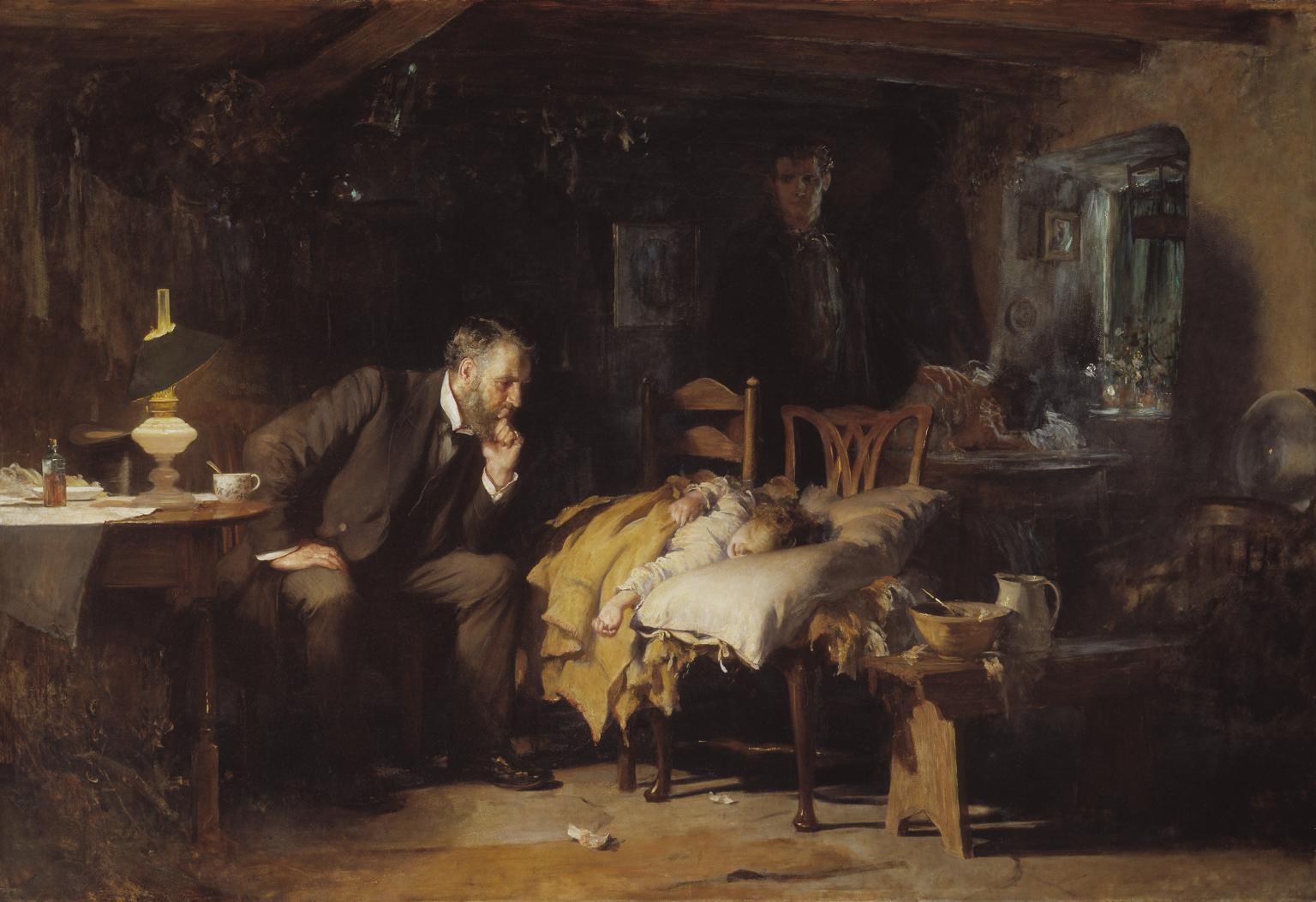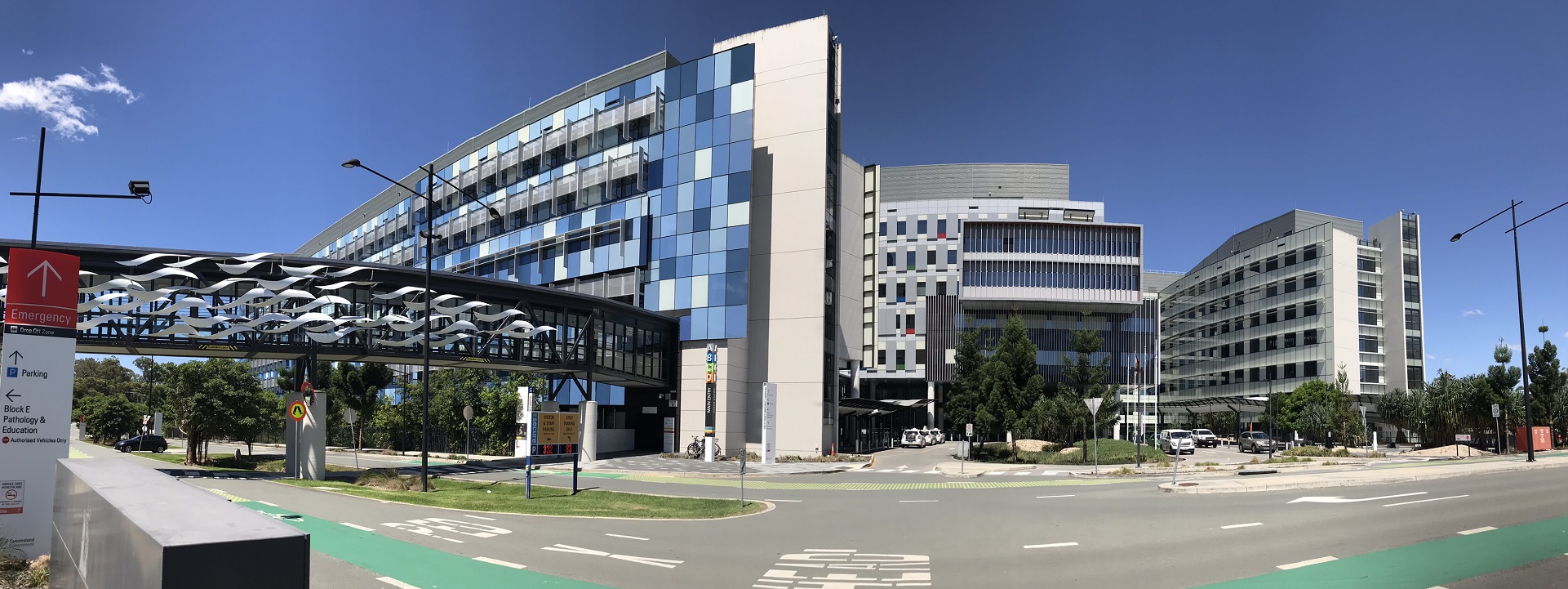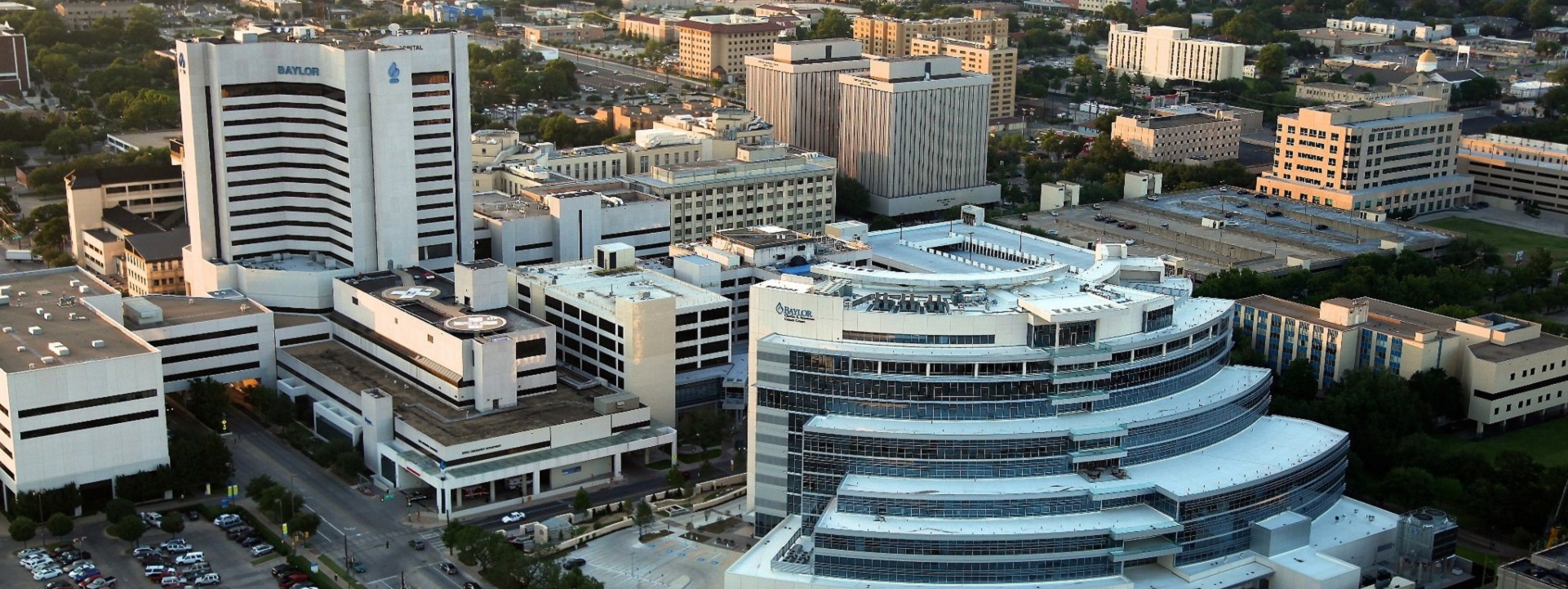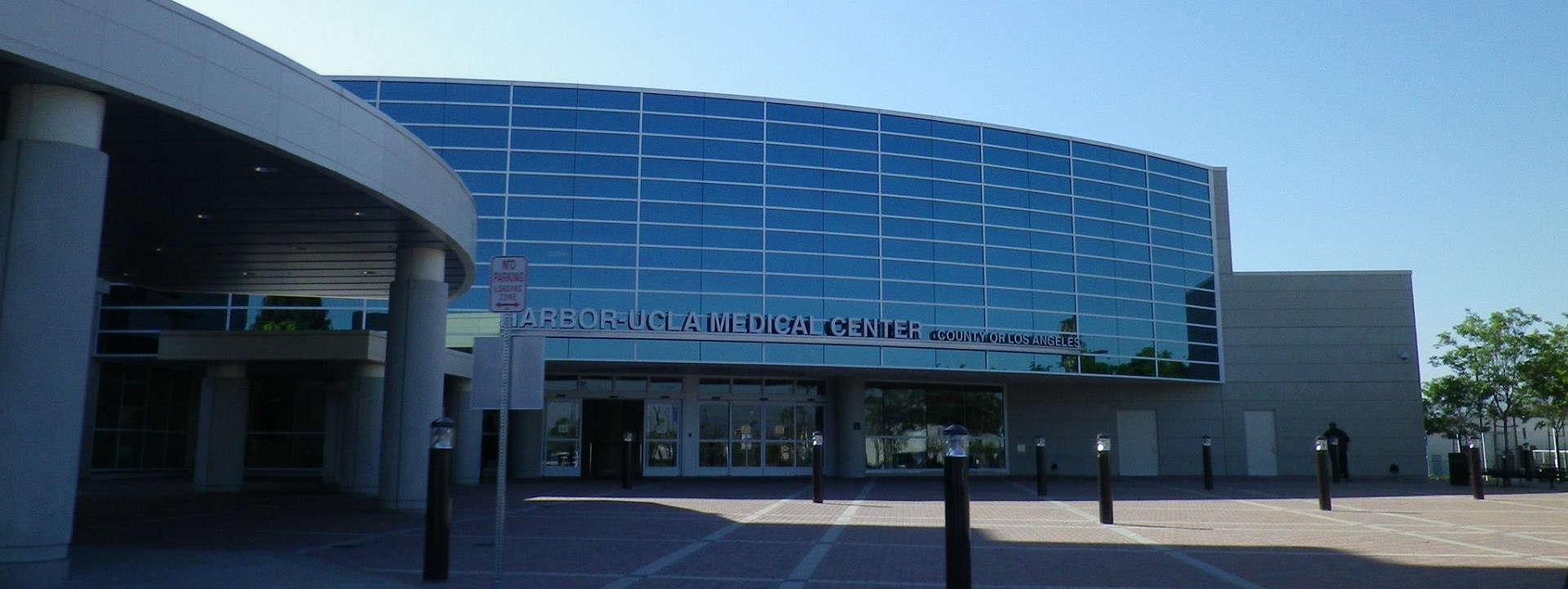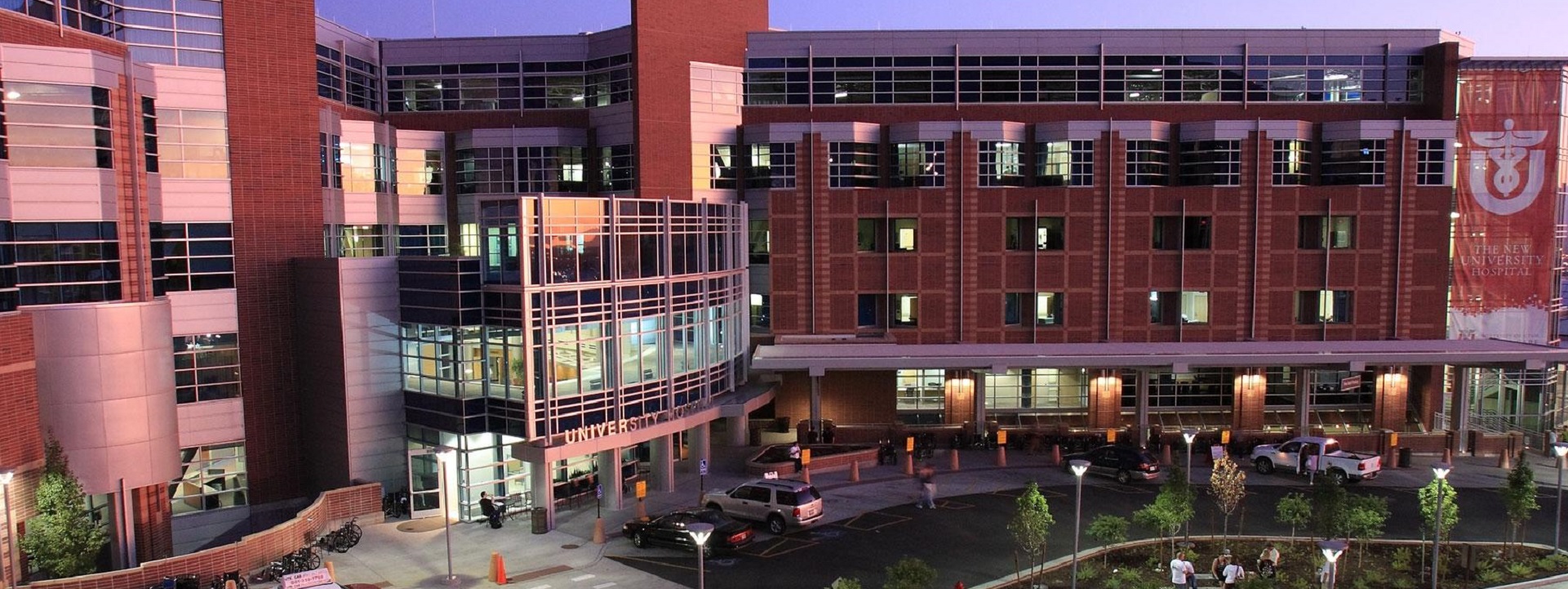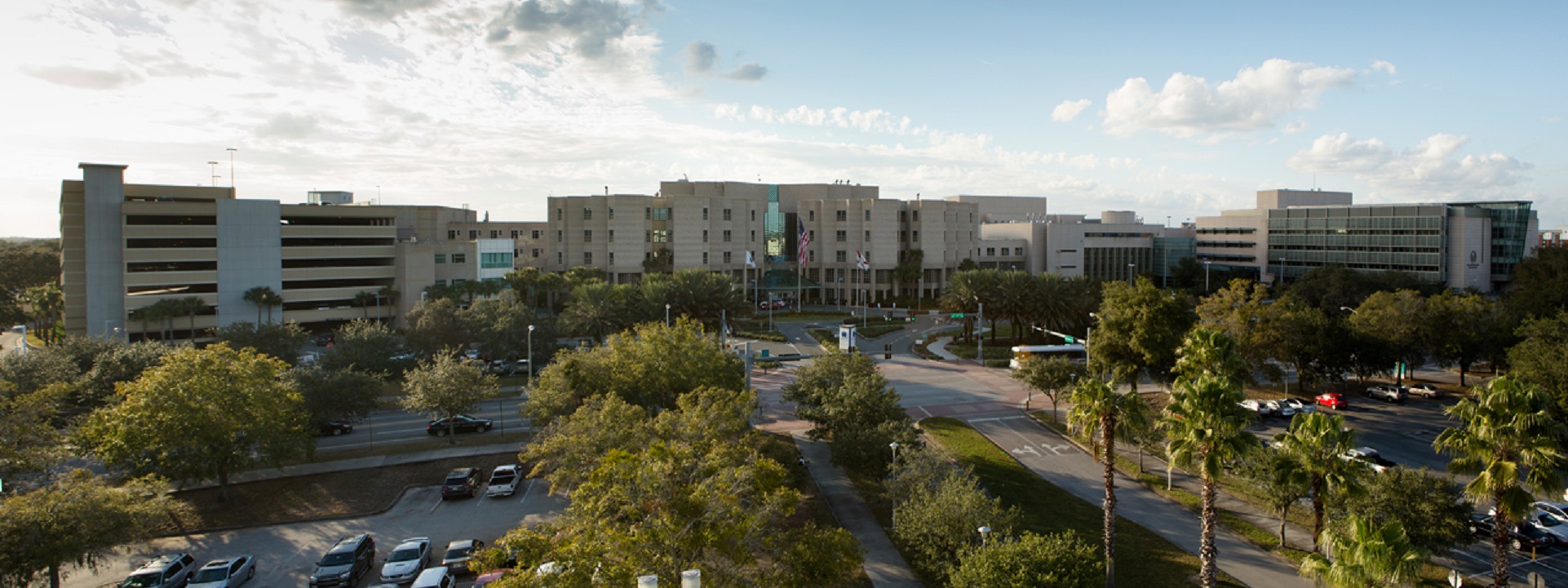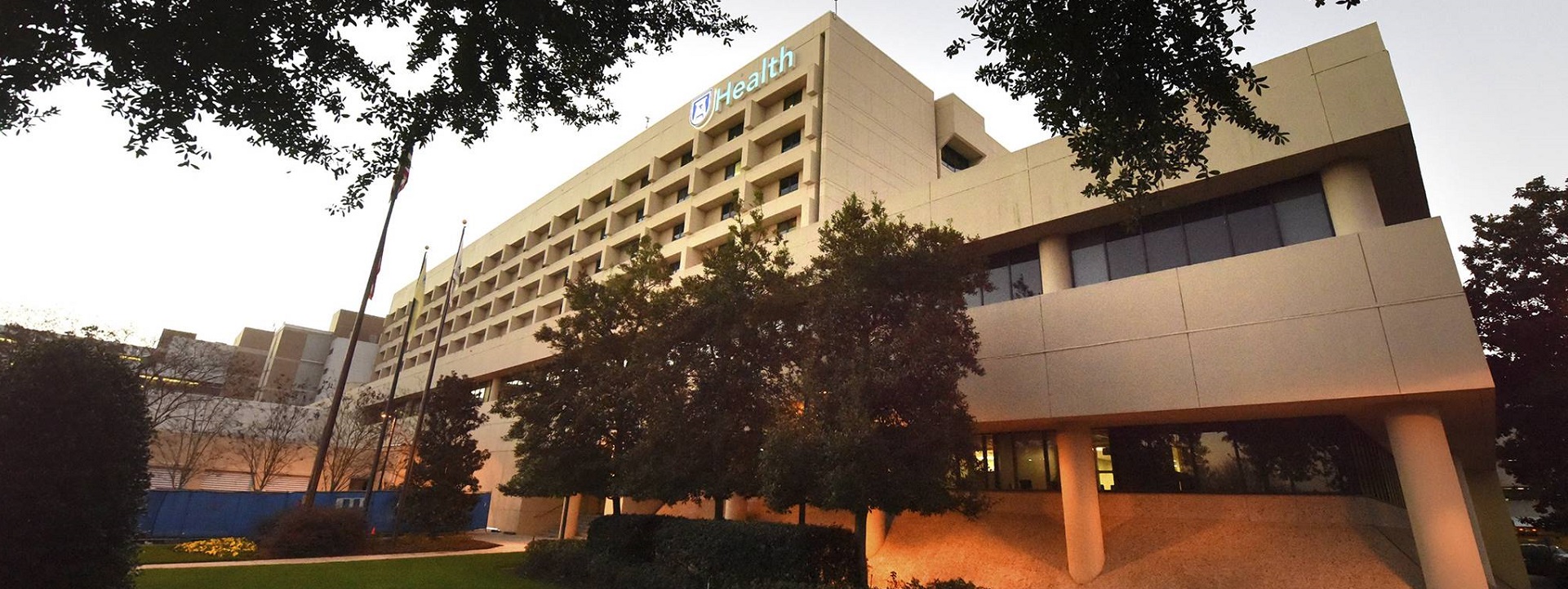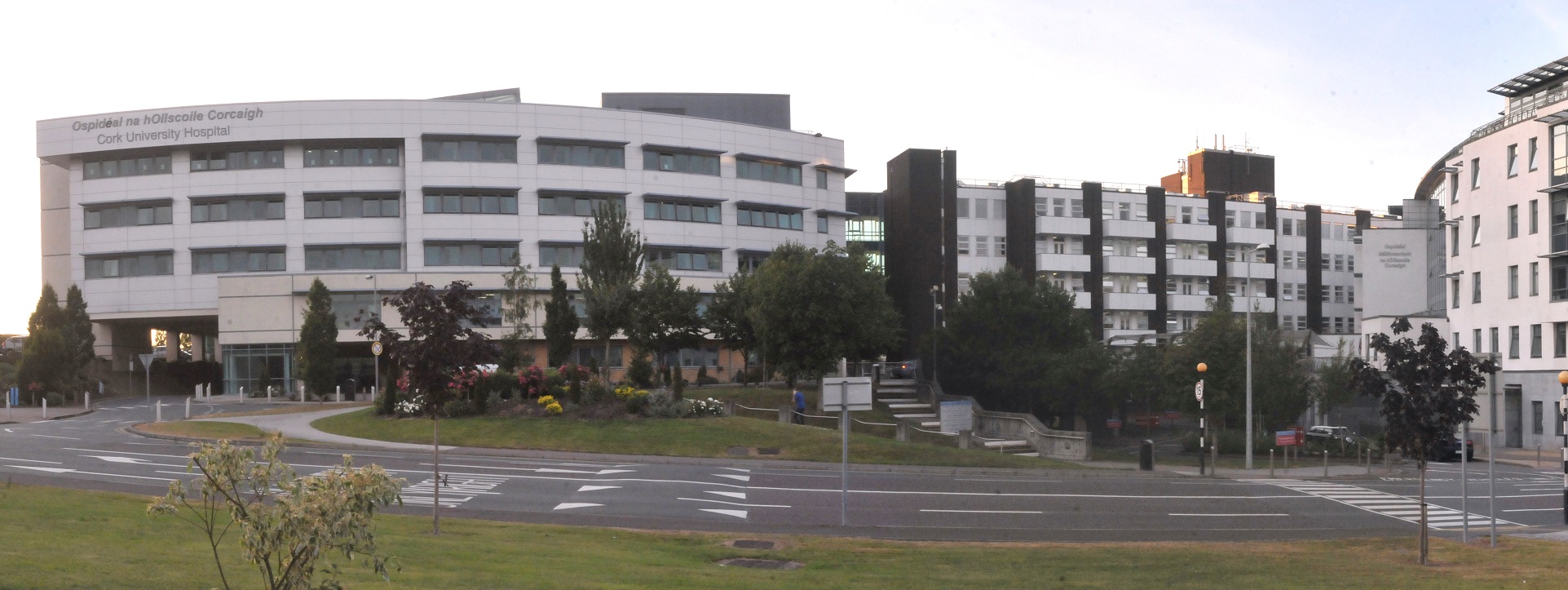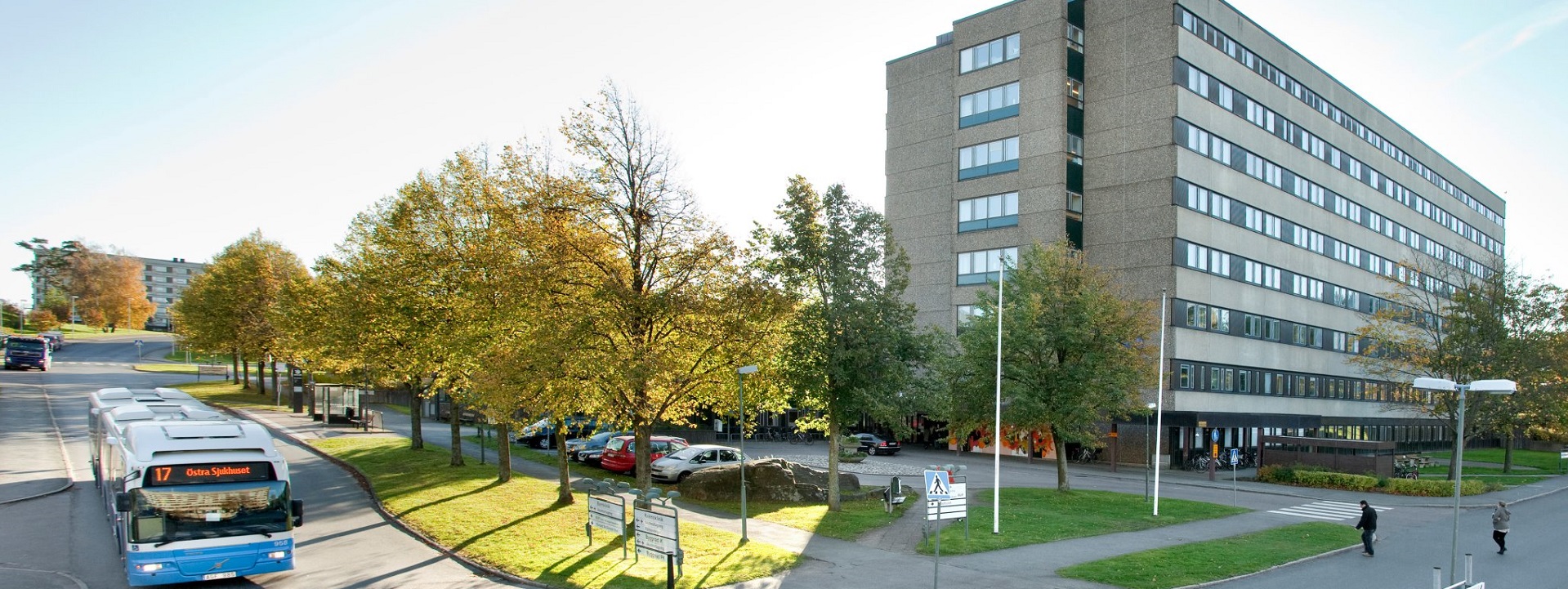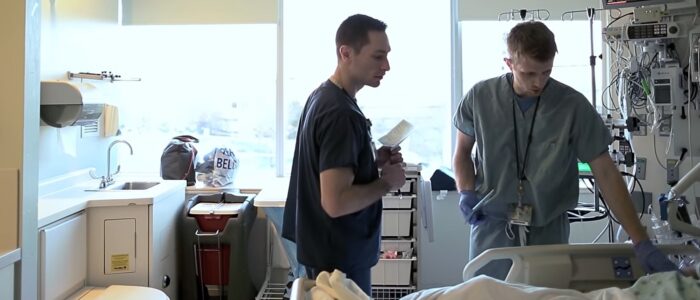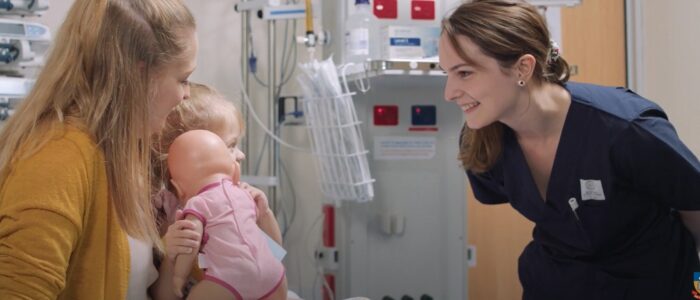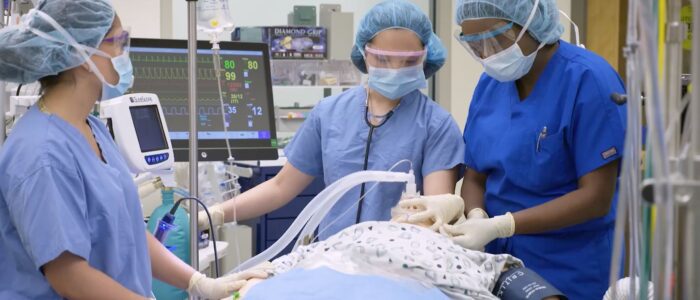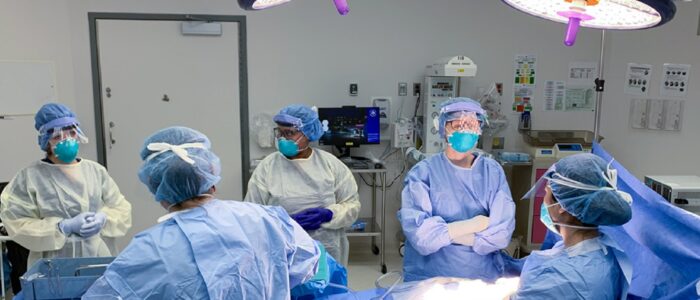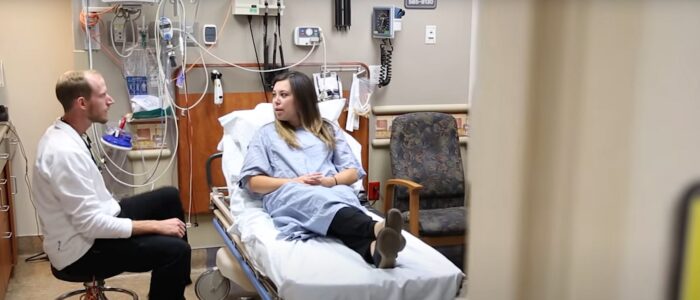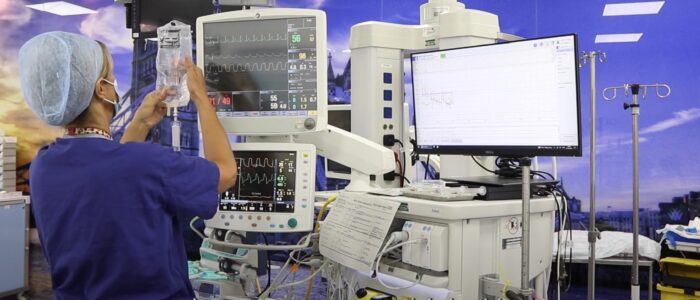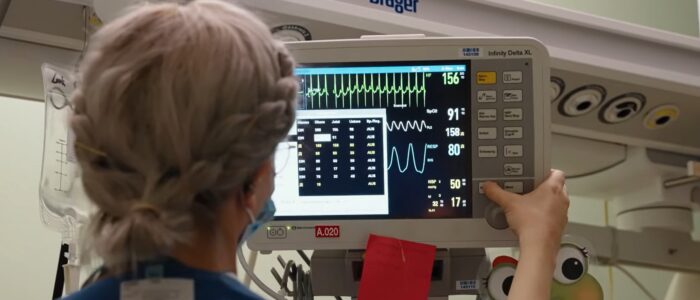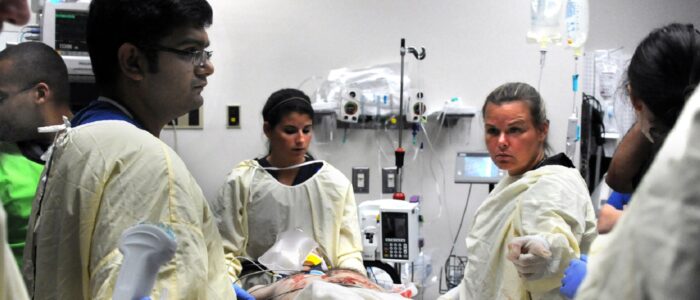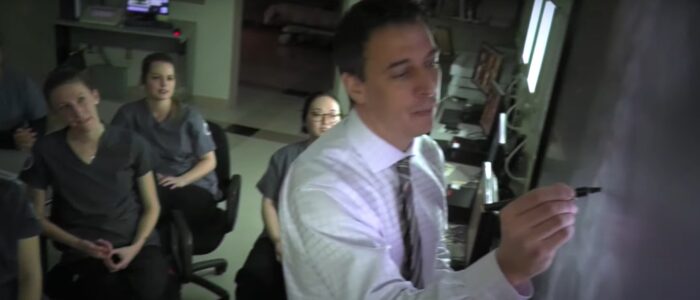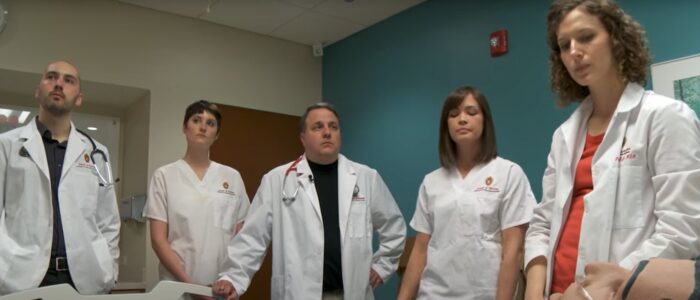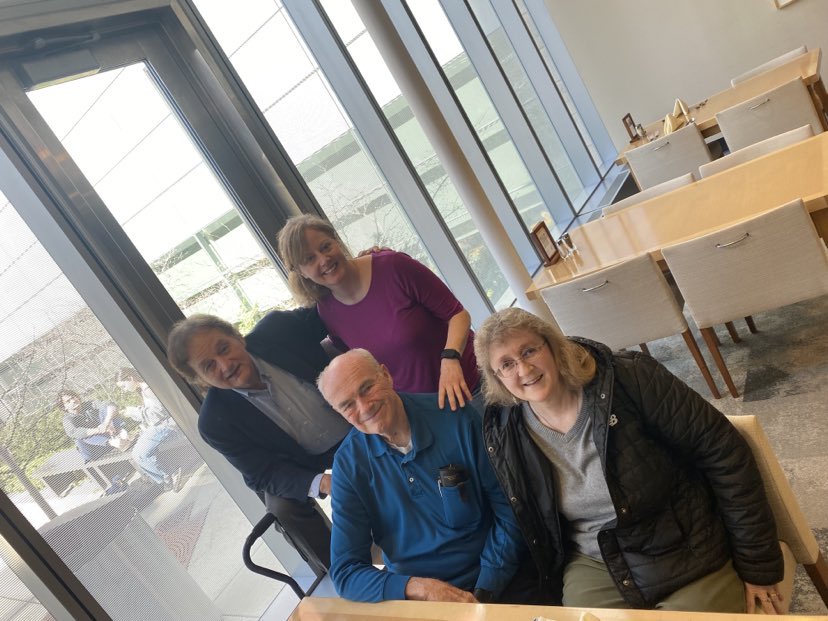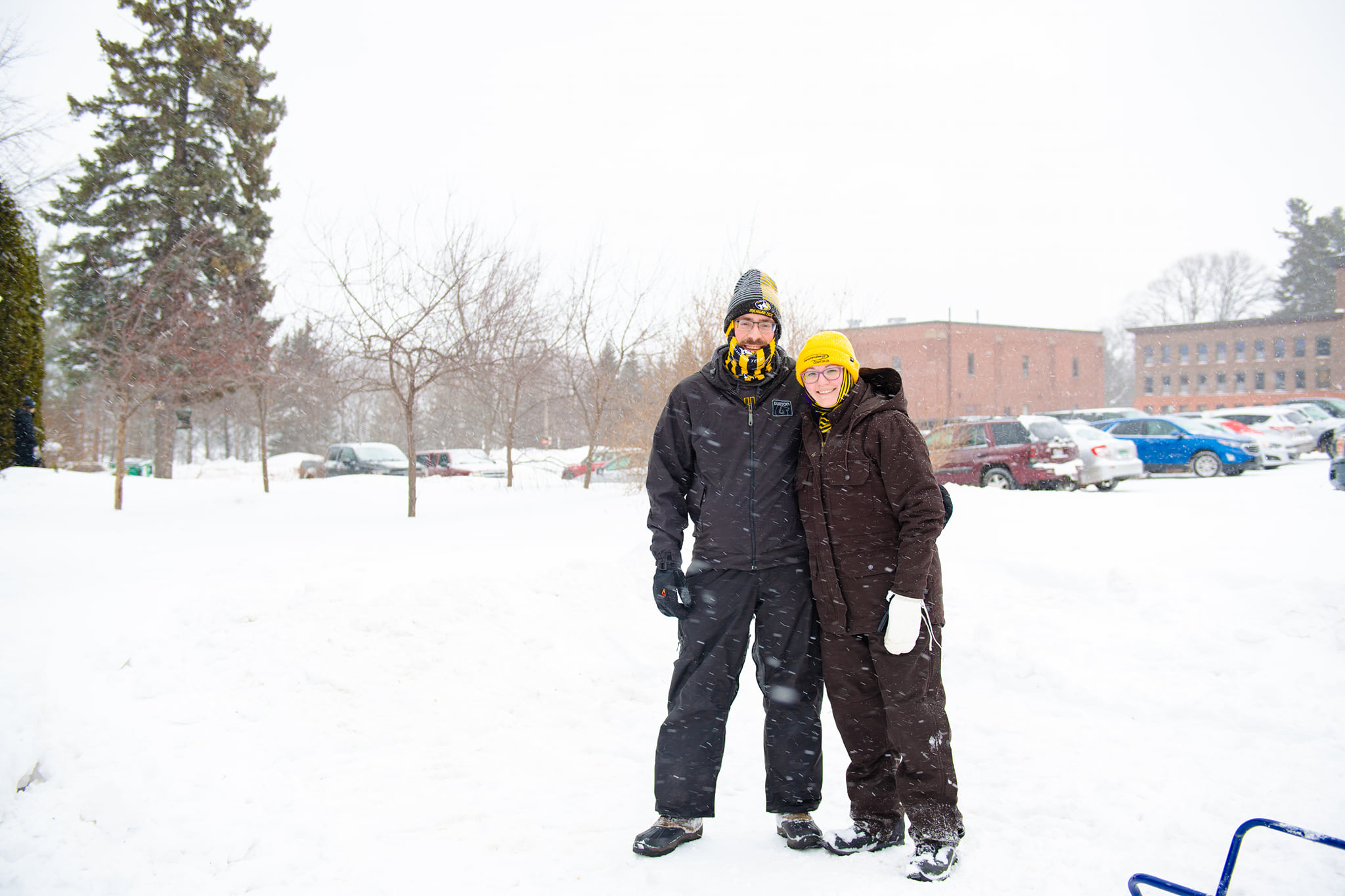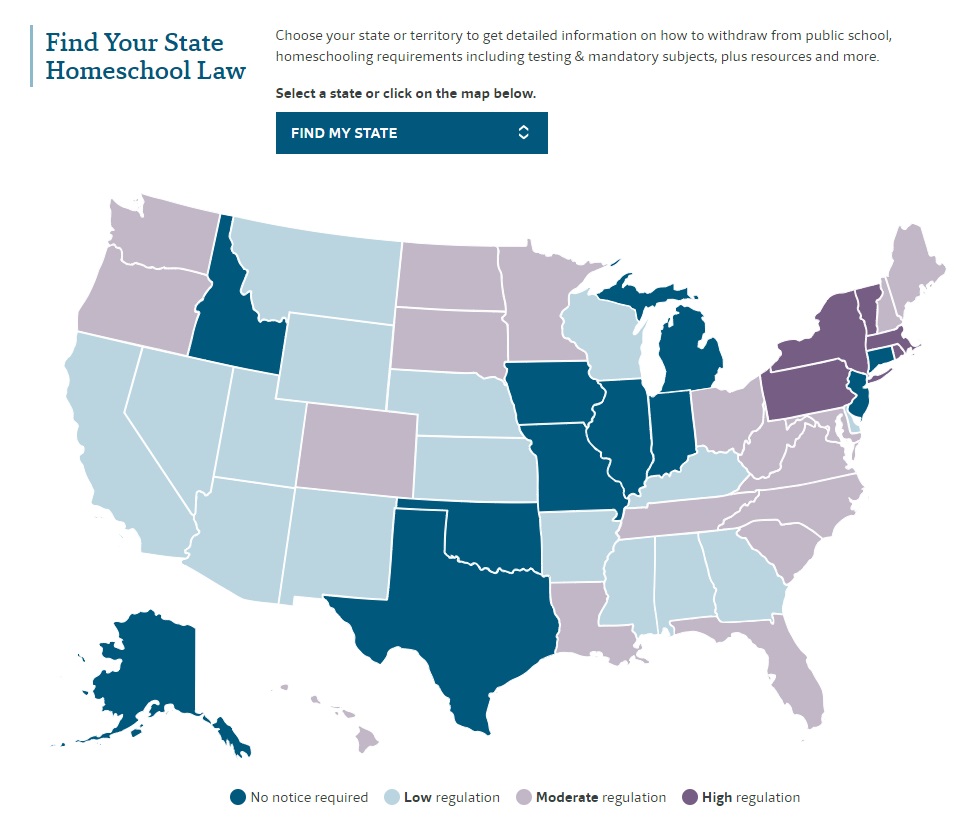Today at 16:00 UTC we examine the interaction among several standards catalogs of ANSI accredited, consortia and ad hoc electrotechnology standards developers with respect to governmental regulation of maternity and neonatal care at all levels.
Architectural standards for Neonatal Intensive Care Units (NICUs) are designed to create a safe, efficient, and healing environment for newborns requiring intensive medical care. These standards encompass various aspects, including layout, space requirements, environmental controls, and infection control. Here are the key architectural standards for NICUs:
1. Space Requirements
Single-Patient Rooms: Preferably, NICUs should have single-patient rooms to reduce the risk of infection and provide privacy for families. The recommended size for each room is around 150 square feet.
Open Bay Design: If single-patient rooms are not feasible, open bay designs with a minimum of 120 square feet per infant space should be considered.
Family Areas: Incorporate family zones within or adjacent to the patient care area to support family involvement in care.
2. Environmental Controls
Lighting: Use adjustable lighting to mimic natural day-night cycles. Dimmable and indirect lighting is recommended to reduce stress on infants.
Noise Control: Implement sound-absorbing materials and design to maintain noise levels below 45 decibels. Alarms and other auditory signals should be as non-disruptive as possible.
Temperature and Humidity: Maintain a controlled environment with temperatures between 72-78°F and relative humidity between 30-60% to support the infants’ thermal regulation.
3. Infection Control
Hand Hygiene Facilities: Provide sinks with touchless faucets in each patient room and strategically placed hand sanitizer dispensers.
Air Quality: Use HEPA filtration systems to maintain high air quality and reduce airborne infections. Ensure proper ventilation and air exchange rates.
Surfaces and Materials: Use easily cleanable and antimicrobial surfaces and materials to minimize the risk of infection.
4. Functional Design
Nurse Stations: Design nurse stations to have a clear line of sight to all patient areas. Centralized and decentralized stations can be used depending on the layout.
Equipment and Storage: Include adequate storage space for medical equipment and supplies within close proximity to patient care areas. Ensure equipment is easily accessible yet out of the way to prevent clutter.
Utilities and Support Spaces: Provide adequate space for utilities such as oxygen, medical gases, electrical outlets, and data ports. Support spaces should include areas for medication preparation, clean and dirty utility rooms, and staff break areas.
5. Safety and Accessibility
Emergency Access: Ensure clear and unobstructed pathways for emergency access and equipment transport.
Accessibility: Design the unit to be fully accessible to staff, patients, and families, including those with disabilities. Compliance with ADA (Americans with Disabilities Act) standards is essential.
Security: Implement security measures to control access to the NICU, including electronic access control systems and surveillance cameras.
6. Aesthetic and Healing Environment
Color and Decor: Use calming colors and artwork to create a soothing environment. Avoid bright or overly stimulating colors.
Nature Integration: Where possible, incorporate natural elements such as views of nature, indoor plants, and natural light to promote a healing environment.
7. Flexibility and Future Expansion
Modular Design: Use a modular design approach to allow for easy reconfiguration and future expansion of the NICU as needed.
Scalability: Plan for scalable infrastructure to accommodate technological advancements and changing patient care needs.
These architectural standards aim to provide a safe, efficient, and supportive environment for both the infants and their families, while also meeting the operational needs of healthcare providers.
Case Studies:
Neonatal Clinical Outcomes: a Comparative Analysis
Camera-Based Heart Rate Variability for Estimating the Maturity of Neonatal Autonomic Nervous System
Modulation frequency analysis of seizures in neonatal EEG
EEG ‘diarization’ for the description of neonatal brain injuries
List of colleges and universities with extensive neonatal research and clinical facilities:
East Coast
-
- Harvard University (Boston, MA)
- Affiliated with Boston Children’s Hospital and Brigham and Women’s Hospital.
- Specialized centers for neonatal intensive care and research.
- Johns Hopkins University (Baltimore, MD)
- Strong neonatal research through the Johns Hopkins Children’s Center.
- Columbia University (New York, NY)
- Known for the Morgan Stanley Children’s Hospital and advanced neonatal care.
- University of Pennsylvania (UPenn) (Philadelphia, PA)
- Penn Medicine and Children’s Hospital of Philadelphia (CHOP) collaborate on neonatal studies.
- Harvard University (Boston, MA)
Midwest
-
- University of Chicago (Chicago, IL)
- Comer Children’s Hospital focuses on neonatal care and research.
- University of Michigan (Ann Arbor, MI)
- The C.S. Mott Children’s Hospital has a Level IV NICU and leads neonatal innovation.
- Washington University in St. Louis (St. Louis, MO)
- Affiliated with St. Louis Children’s Hospital for neonatal research.
- University of Chicago (Chicago, IL)
South
-
- Duke University (Durham, NC)
- Duke Children’s Hospital is known for its neonatal-perinatal research.
- University of Texas Southwestern Medical Center (Dallas, TX)
- Conducts cutting-edge neonatal research in partnership with Parkland Hospital.
- Vanderbilt University (Nashville, TN)
- The Monroe Carell Jr. Children’s Hospital has a strong neonatal program.
- Duke University (Durham, NC)
West Coast
-
- Stanford University (Stanford, CA)
- Lucile Packard Children’s Hospital is a leader in neonatal research and care.
- University of California, San Francisco (UCSF) (San Francisco, CA)
- Renowned for its neonatology program and neonatal clinical trials.
- University of Washington (Seattle, WA)
- Affiliated with Seattle Children’s Hospital for neonatal research.
- Stanford University (Stanford, CA)
International
-
- University of Toronto (Toronto, Canada)
- SickKids Hospital is a global leader in neonatal care and research.
- University College London (UCL) (London, UK)
- Neonatal research at Great Ormond Street Hospital and University College Hospital.
- University of Melbourne (Melbourne, Australia)
- Affiliated with the Royal Children’s Hospital and its neonatal programs.
- University of Toronto (Toronto, Canada)










